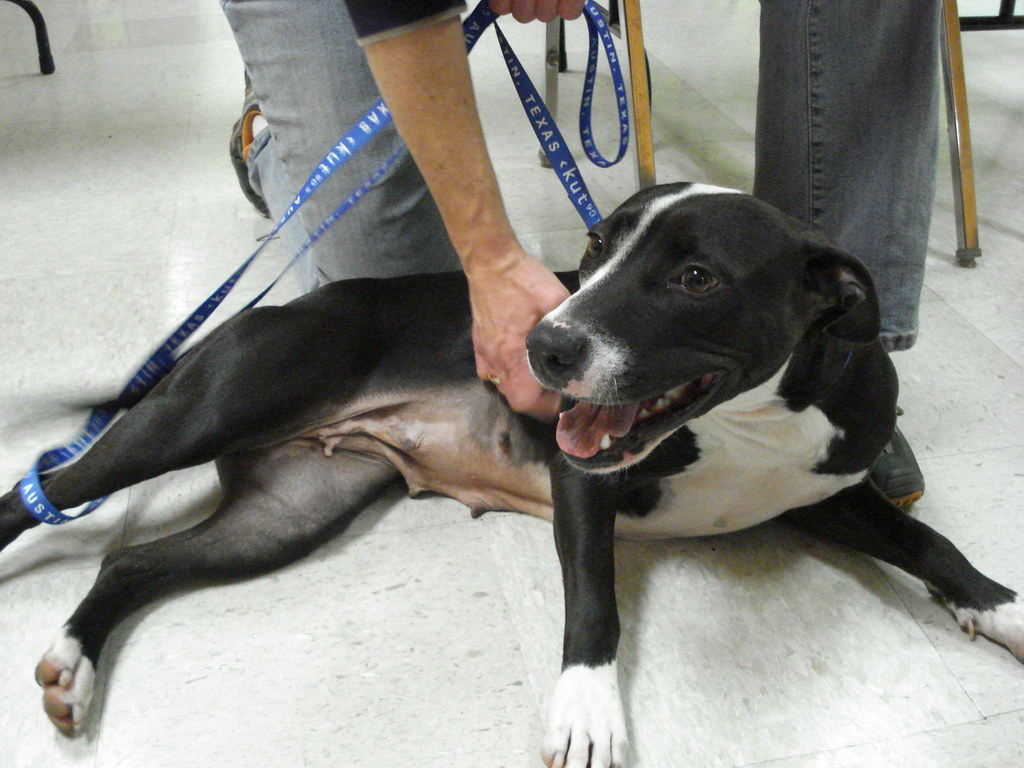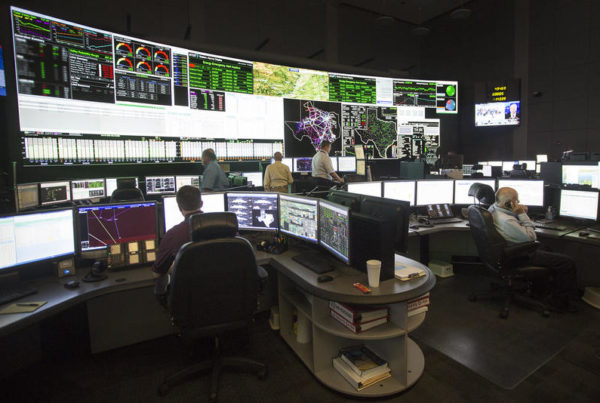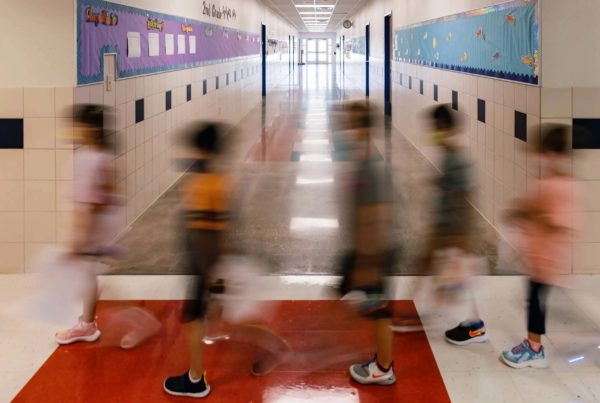Since the pandemic started, animal shelters around the country have struggled with capacity, finding foster homes, a veterinarian shortage and getting animals adopted in a timely manner.
As kennel space has filled up, shelters around the state of Texas have turned to awareness campaigns, adoption events and temporarily waived rehoming fees, but advocates insist it isn’t enough – they’re requesting increasing funding from leaders, asking community members to step up, and sharing resources about pet adoption.
Clare Callison – director with American Pets Alive!, an Austin-based organization that helps with adoptions and looks to reduce “unnecessary deaths of shelter animals” – joined the Texas Standard to talk about how shelters have managed the influx of animals and some potential solutions to capacity problems.
This transcript has been lightly edited for clarity.
Texas Standard: What do things look like in animal shelters right now? Are there some major trends to draw upon, or do the issues vary community to community?
Clare Callison: Definitely there’s major trends to draw upon, I would say both nationally and especially in Texas, we’re feeling that shelters are very full – not enough kennels or foster homes to really be able to accommodate for all the intake that is happening of animals coming in. And we’re also seeing a rise in people surrendering pets, primarily because of eviction, but also because of treatable medical conditions and people just not being able to afford a veterinarian bill or even have access to a nearby veterinarian. There’s a national vet shortage, and so we certainly feel that here in Texas, and our animal shelters are definitely being impacted by that.
That sounds like the perfect storm – through the pandemic, now you have inflation and concerns about costs, and then a veterinary shortage.
Absolutely. We’re feeling it here, especially at Austin Pets Alive!, where I work, and we have a parvo ICU where we treat parvo puppies. And just in the last six months, we’ve seen a 50% increase of parvo puppies coming through. And right now we have 60 puppies actually we’re treating, and 40 of them just came to us in the last 48 hours. So a real-life example of some of the medical cases that we’re seeing coming in. But absolutely, it’s been a snowball effect from 2021 and certainly feeling it this summer in 2022.
A lot of businesses have had difficulty hiring people to work. Is staffing an issue for any of these animal shelters?
I would say that’s a primary concern right now with the uptick of pets coming in and very crowded shelters. Staffing shortages are also being added to that. So people are quite burnt-out and stressed and really just looking for innovative ways to try to solve this problem, but absolutely a very taxed shelter system right now.
It sounds like a lot of this is falling on your shoulders. You’re hearing from other shelters across the nation, I would imagine. What are some of the strategies for dealing with all of this?
The collective marketing push that we just participated in, Clear the Shelters, last weekend: So reducing and waiving fees for pet adopters to allow them to come in and not have to spend anything on an adoption fee but be able to spend those funds on support – things like food and collars and leashes. Definitely a huge initiative that we are promoting.
We consult with shelters, and we have created a movement called Human Animal Support Services, where we’re providing resources not only for shelters to be able to navigate some of these space issues and community-centric programing, but also resources for people that might have found a lost pet or are looking to rehome a pet. They can do that on their own without necessarily using a shelter – so we’re trying to think outside the box here.
Are these steps having a noticeable effect?
We are feeling a noticeable effect, but we certainly need more. I would say during the summer, we call it kitten and puppy season, which we’re just really in the thick of now. We see an increase in the summer of kittens and puppies coming in. So although the Clear the Shelter movement and waiving adoption fees and large adoption events, as well as the community-centric programming that we’re pushing out and promoting, it still doesn’t feel like quite enough. We are certainly needing more community support, as well as governmental support as well.
» MORE: Find a kitten? Why taking it to a shelter should be your last resort.
Tell us more about what government could do or is doing.
I visit many shelters in our state across Texas, and it is very common to see shelters have only one animal care staff member for 20+ animals or not even have an adequate budget to cover pet food or core vaccinations to keep the population healthy. So budgets just really aren’t adequate in shelters by and large. And we often see other city departments increasing their budgets year over year, but the animal services department primarily, you know, staying the same or staying stagnant. So in order to meet the needs of the growing population of animals and people and pets, it’s really important that these budgets reflect that and are increasing year over year as well.
















